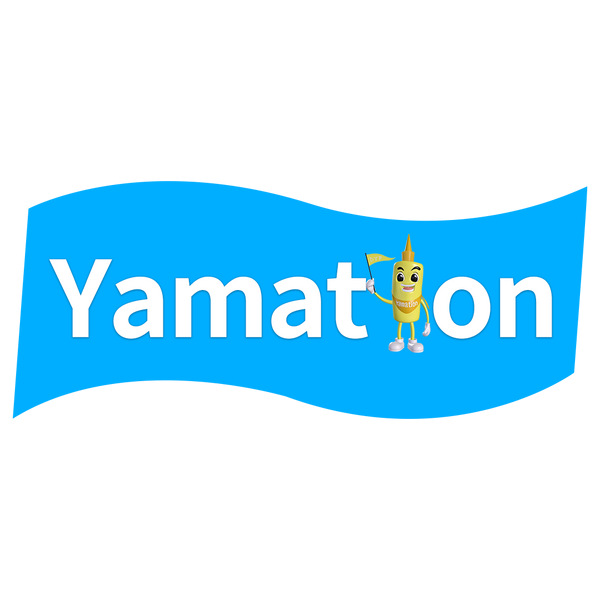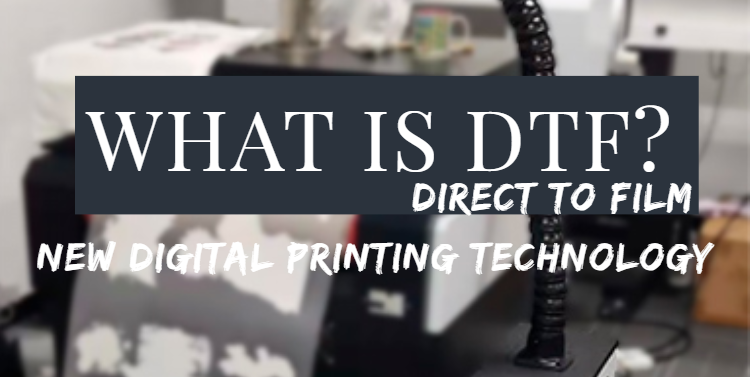Direct to Film printing (DTF), which is a new technology in printing, is one that its benefits cannot be overlooked. This is clear in how fast they are becoming common and globally known. Getting a DTF Printer that will help you in DTF printing is one great investment as a business and for your business. This is a perfect reason we have put this article together: to help you know more about the printer and how they stand in the face of competition with other transfer printer types. Asides from the benefits of convenience, getting a wide range of colors, and the simplicity DTF printing is known for, there are still other benefits of it you will appreciate. Let us explore together! Have a fun 5 minutes read!
What is DTF?
DTF is a printing process that operates through transferring prints on fabrics or other surfaces through the use of a heat press machine. DTF is done with the use of a DTF printer and can be used on any substrate like cotton, poly blends, polyester, leather, rayon, silk, nylon, etc. Garments or surfaces used for DTF do not require any pretreatment before accepting a transfer. Overall, DTF offers you more flexibility because it allows you to print on a wide range of fabric options. The process is faster plus it requires less labor. In recent times, DTF printers have become a reliable and budget-friendly machine to get. This cost-effective machine can be used for a wide range of colors and its simplicity and convenient use are one great reason it is becoming globally acceptable.
Differences between DTF and another transfer tech
Many printing transfer methods are recently been built with the advancement in technology, but three common ones have risen in popularity. They include DTG(Direct to garment), DTF(Direct to film), and VHT(Vinyl heat transfer). Below are the major differences between DTF and the other two printing transfer processes.
DTF vs DTG
|
|
Directly to garment |
Directly to film |
|
Ink usage |
The cost of ink used for this process is expensive |
Requires about 75% less of ink during usage |
|
Pretreatment |
DTG needs pretreatment because work is directly done on the fabric. |
DTF does not require any pretreatment process. |
|
Compatibility with other fabrics |
DTG printing process is limited to only some fabrics. |
DTF printing is more compatible with a majority of fabrics |
|
Learning |
Challenging to learn |
Easy to learn |
DTF and VHT
|
DTF |
HTV |
|
|
Compatibility with other product |
DTF transfer printers are very versatile and can be used for a wide range of products. |
Heat transfer vinyl selects which material to work with because of its printing process. |
|
Weeding |
DTF printing does not require weeding. Instead, DTF technology directly prints onto a coated PET film which acts as the transfer paper as well. |
vinyl heat transfer requires detailed weeding. In addition, it is common to realize that there are some details that go missing after the weeding process. |
|
Washing Performance |
The washing performance of DTF printed garments is excellent. |
HTV printing garments usually have a lot of washing tips need to attention.
|
|
Production Speed |
An entry level DTF printer prints at 4m2/hr. |
Roland BN20 vinyl heat transfer printer prints at a speed of 1.75m2/hr |
What do you need to start DTF?

DTF printer
DTF printers are mostly referred to as DTF modified printers. These printers have a higher technological advancement compared to other transfer printers and a good example of the DTF printer is the DTF transfer printer Epson brand manufactured. Examples of these DTF printers from the Epson brand include Epson L800, Epson L805, and Epson L1800, etc The reason this brand of transfer printer is mostly sought after is that these set of DTF printers work with over six colors, thereby, providing users with many options to choose from
DTF film
DTF films differ from the films used in screen printing. They differ in thickness and their effectiveness in making a better transfer. DTF films from Yamation are available in different variants. They are effective and offer many conveniences during use. You can get them as Cut Sheets or Rolls. Cut Sheets variants of DTF film are most appropriate for use by small-scale users while Rolls are the best option for commercial setup.
DTF powder
Yamation DTF powder is a DTF adhesive supply from the Yamation brand. It is a DTF printing powder with white color. This powder majorly serves as an adhesive material that helps to stick different color pigments onto the fiber of the fabric that is being worked on. DTF powder comes in different graded and they come in microns.
DTF ink
Yamation DTF ink comes in different colored pigments. Some of these colors include cyan, white, magenta, black and yellow. The white-colored pigments are considered the foundation and the most important. This is because it is the pigment used to lay the white foundation in print on the film before any other colored pigment is added to it
DTF software
DTF software is an important part of the DTF printing process. The software determines how the final print will look after the print characteristics, ink, and color performance have been analyzed. A RIP software that is compatible with white colors ad CMYK is highly recommended. . Other factors that will be determined by this software include the color profiling, drop sizes, ink level, etc
Automatic Powder Shaker
This is needed for people that commercial operate with DTF. This machine setup helps then apply the powder in equal proportion. It also helps to effortlessly remove excess powder while working.
Curing Oven
This is an industrial that helps to melt the hot powder used on the transfer film. It is a small machine, and an alternative is a heat press machine, only that it has to be used in no contact mode
Heat press machine
This is a machine that helps apply design onto various substrates through the use of heat. This is done under pressure a very high temperature within a preset amount of time. The result is one the will last the while lifetime of the garment.
Conclusion
The DTF is not just an exciting transfer printing process, but also a straightforward one. Little wonder why it is now globally accepted and known. The process is just as simple as the name sounds: printing directly on film. The global acceptability of DTF is because of the many benefits it possesses, however one benefit stands out, and that is its versatility. DTF is not limited to use on any fabric. Whether it is cotton, polyester synthetic fiber, silk, or whatever fabric it might be, the end product of this fabric after it has been worked upon by a DTF printer is one that will wow you!


1 comment
When I pour adhesive powder to the dtf film it does not stay on the film only in some areas